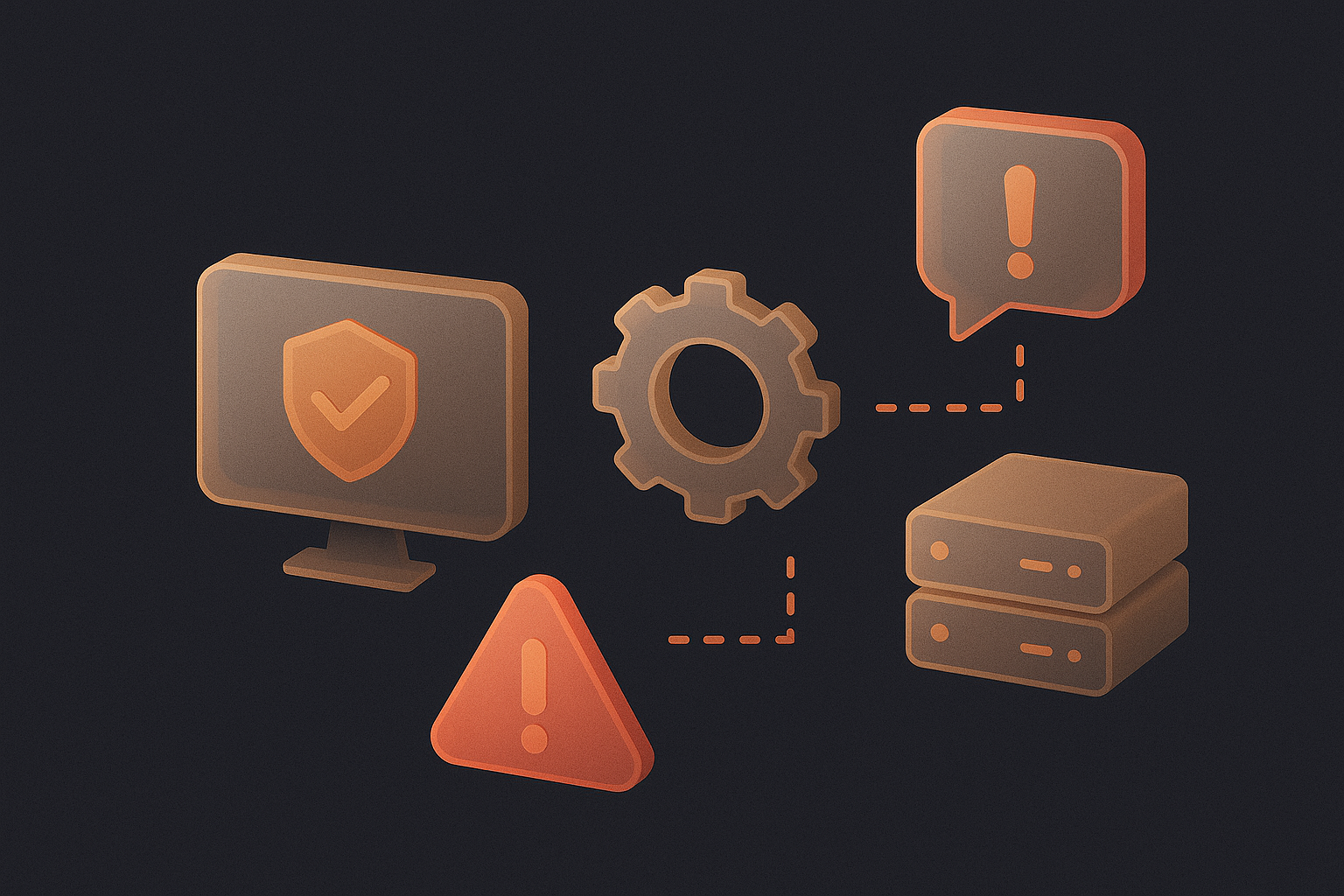Your IT team is a pivotal part of your business, and as such, deserves your attention. Because if your IT team struggles to get its job done, your entire company could struggle as well.
To better understand the importance of a high-performing IT team, let’s consider the results of a data center outage study conducted by business management consultant Ponemon Institute.
Ponemon’s “Cost of Data Center Outages” study of 63 data centers offered insights into the direct and indirect costs associated with data center outages. Key findings from the study included:
- The average cost of a data center outage was $740,357 last year; comparatively, the average cost of a data center outage was $609,204 in 2013.
- The maximum downtime costs associated with data center outages were approximately $2.4 million in 2016, up 32 percent since 2013 and 81 percent since 2010.
- Downtime costs for the most data center-dependent businesses are rising faster than average.
Meanwhile, even a 15-minute outage can cause severe problems for a business, regardless of its size. A recent study indicated that a data center outage costs about $505,500 per incident, or an average of $5,600 per minute. This shows that for each minute that an outage goes unresolved, the incident’s financial impact on a business increases.
Downtime and outages can put a major dent in a company’s bottom line. Perhaps even worse, these problems may force a company’s IT operations to slow down or come to a halt. And if a IT team cannot help a company quickly recover from downtime or outages, a business’ brand reputation, employees and customers may suffer the consequences.
Ultimately, a high-performing IT team can make a world of difference for any business, in any industry. If a company employs IT professionals who take pride in their work and do whatever they can to limit downtime, outages and related problems, this business can streamline its day-to-day IT operations. Conversely, a company that employs IT pros who fail to deploy best practices are unlikely to help this business achieve its immediate and long-term goals.
With a high-performing IT team at your disposal, your business can differentiate itself from the competition. No longer will your company suffer the consequences of downtime or outages. Instead, a high-performing IT team will know how to handle downtime and outages before they escalate, ensuring these problems have little to no effect on your business, its employees and its customers.
So, what separates an ordinary IT team from a high-performing one? Here are three best practices of high-performing IT teams, as well as tips to help you can get the best performance from your IT team at all times.
1. Constant Communication
Within a high-performing IT team, no one is left out of the loop. Members of this team understand their roles and responsibilities and maintain constant communication with one another until an incident is fully resolved. That way, team members can work together to achieve the optimal results.
Of course, an IT team requires an incident management system to guarantee that the right team members get the right alerts, at the right time, every time. By choosing an incident management system with live inbound call routing, your IT team can stay up to date throughout an incident.
Live inbound call routing ensures incoming calls always reach the correct IT team member – without exception. Plus, if a team member is unavailable to respond, live inbound call routing automatically escalates the call to the next available team member. And in the event that no team member is available, callers are able to leave a voicemail that can be further escalated.
2. Flexibility and Agility
Does your IT team have the ability to change course at a moment’s notice? If not, your IT team likely lacks the flexibility and agility it needs to succeed in a rapidly evolving IT landscape.
Generally, there is no telling when downtime, outages or other IT problems may occur. Regardless of how much an IT team plans ahead for the worst-case scenarios, a variety of IT issues can cripple a business, particularly one that has a stubborn IT team in place.
A high-performing IT team will possess the flexibility and agility to identify and address problems. Moreover, this team’s flexibility and agility enables team members to respond to incidents from any location, at any time.
Flexibility and agility often extend beyond an IT team itself. In fact, high-performing IT teams frequently use smartphones, tablets and other mobile devices to resolve issues without delay.
By utilizing an incident management system with mobile capabilities, IT team members can use a mobile app to take ownership of incidents from any iOS or Android device. These capabilities even allow IT team members to add detailed comments to incident alerts on the go. Best of all, the capabilities ensure IT team members can operate with flexibility and agility and never miss a critical incident.
A flexible, agile incident management system also can be integrated into an IT team’s monitoring tools. This guarantees that IT team members can view their critical incident alerts in one place and speed up their continuous product delivery processes.
3. Collaboration
No person is an island. In the same vein, no IT team can succeed if its members operate in silos.
Collaboration plays a key role in the business world both inside and outside of IT. For an IT team to realize its full potential, team members must be on the same page. If team members work independently, they risk wasting precious time and resources due to a lack of communication. Also, these team members are unlikely to effectively reduce or eliminate downtime, outages and related problems that can hinder a company’s productivity and efficiency.
An incident management system that boasts real-time collaboration capabilities helps IT teams address those issues. These capabilities make it easy for IT team members to communicate with one another via Slack, HipChat and other collaboration platforms. As a result, IT team members can stay in touch with one another throughout an incident, collaboratively brainstorm solutions and achieve fast, effective results.
Sources:
https://www.vertivco.com/globalassets/documents/reports/2016-cost-of-data-center-outages-11-11_51190_1.pdf
https://www.cio.com/article/2418572/innovation/how-to-improve-it-performance-and-deploy-technology-faster.html



